The Craziest Fashion Statements By Decade
Fashion has always been a playground for self-expression, swinging from era to era with daring designs and audacious statements. From the flappers of the 1920s to the avant-garde styles of today, each decade has brought its unique flair to the runway. Join us as we explore the most unforgettable fashion trends that not only defined their times but also left a lasting impact on the way we dress.
The Extravagant Flappers of the Roaring 1920s
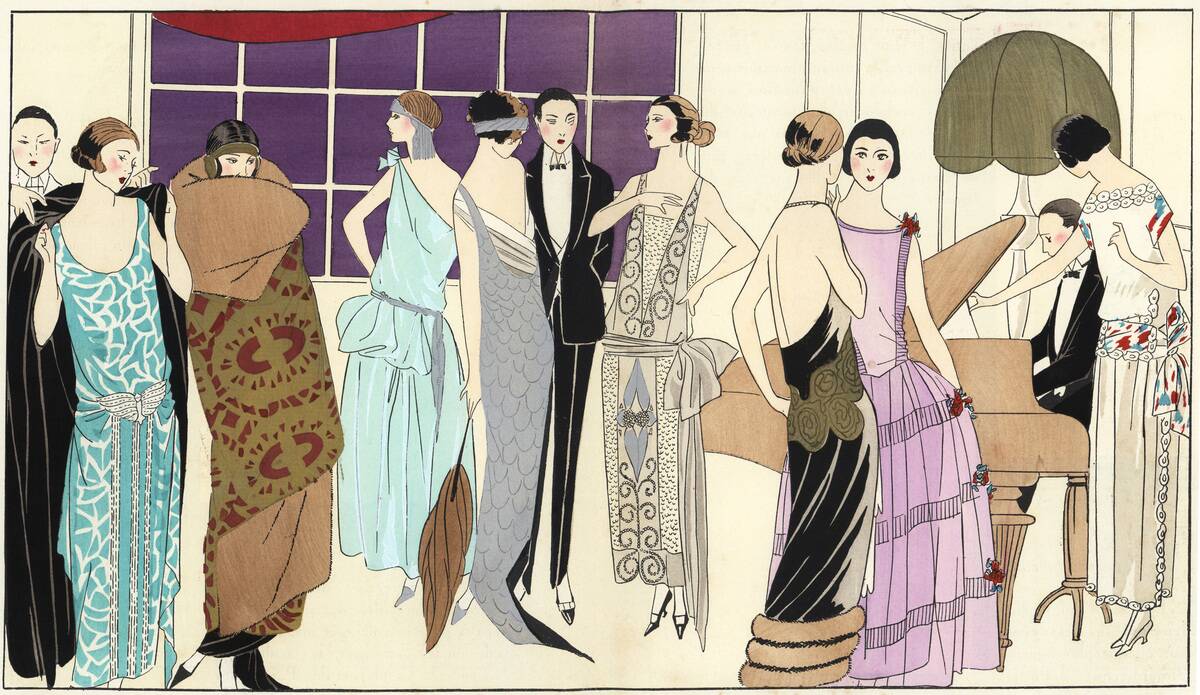
The 1920s were an era of liberation and excess, epitomized by the flapper movement. With their dropped waistlines and knee-length dresses, flappers defied the restrictive corsets of the past. Jazz music influenced their style, as did the desire for freedom and fun after the grim realities of World War I. These dresses were often adorned with fringes, beads, and sequins, perfect for the Charleston dance craze that swept across America.
Zoot Suits and Bold Statements of the 1930s
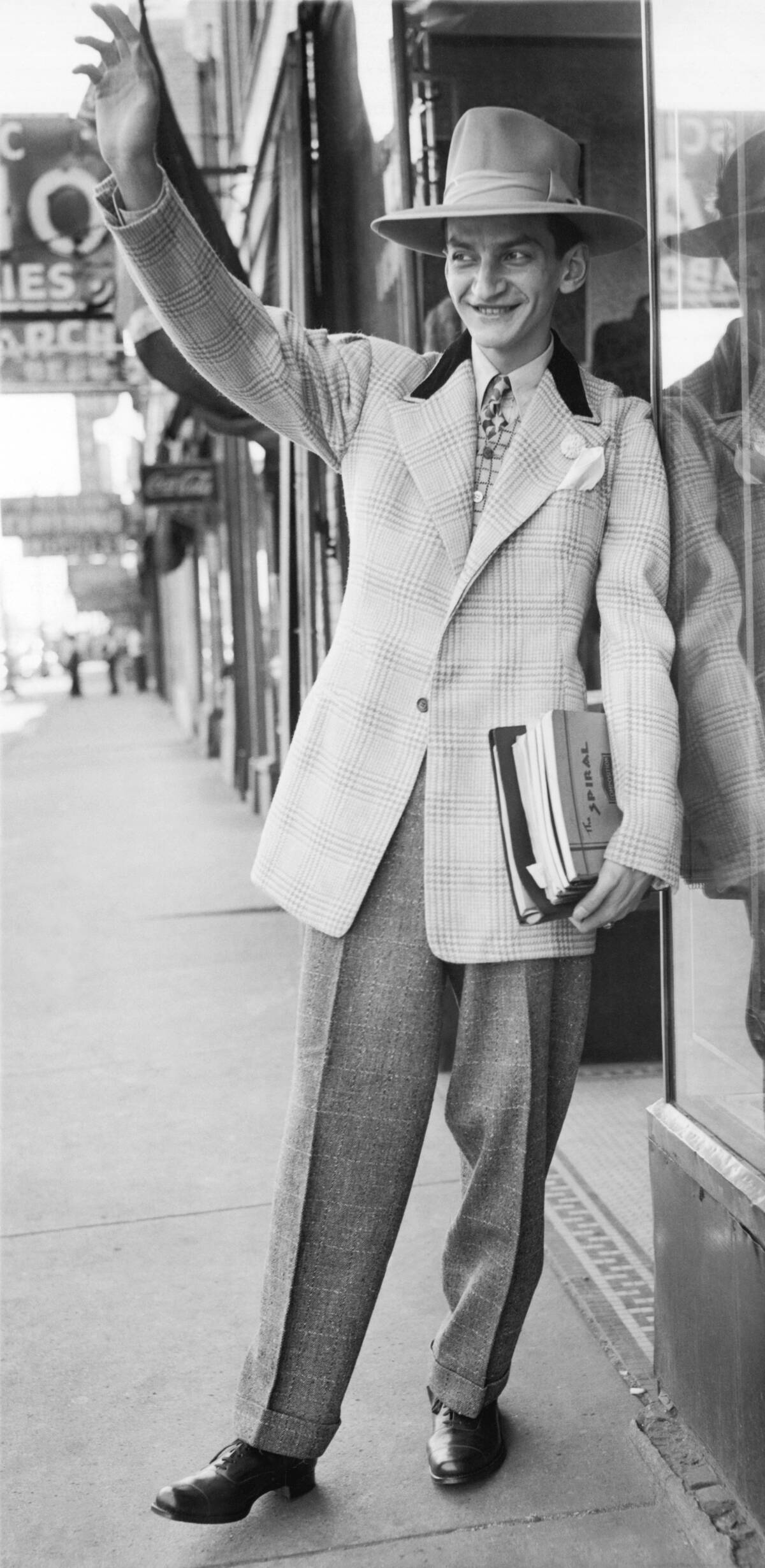
In the 1930s, the zoot suit emerged as a bold statement against the economic hardships of the Great Depression. Characterized by its exaggerated, oversized jacket and high-waisted, wide-legged trousers, the zoot suit was a favorite among jazz musicians and rebellious youth. It became a symbol of defiance, especially among African American and Latino communities, who used fashion to express their cultural identity and resilience in the face of adversity.
The Functional Yet Funky Fashion of the 1940s
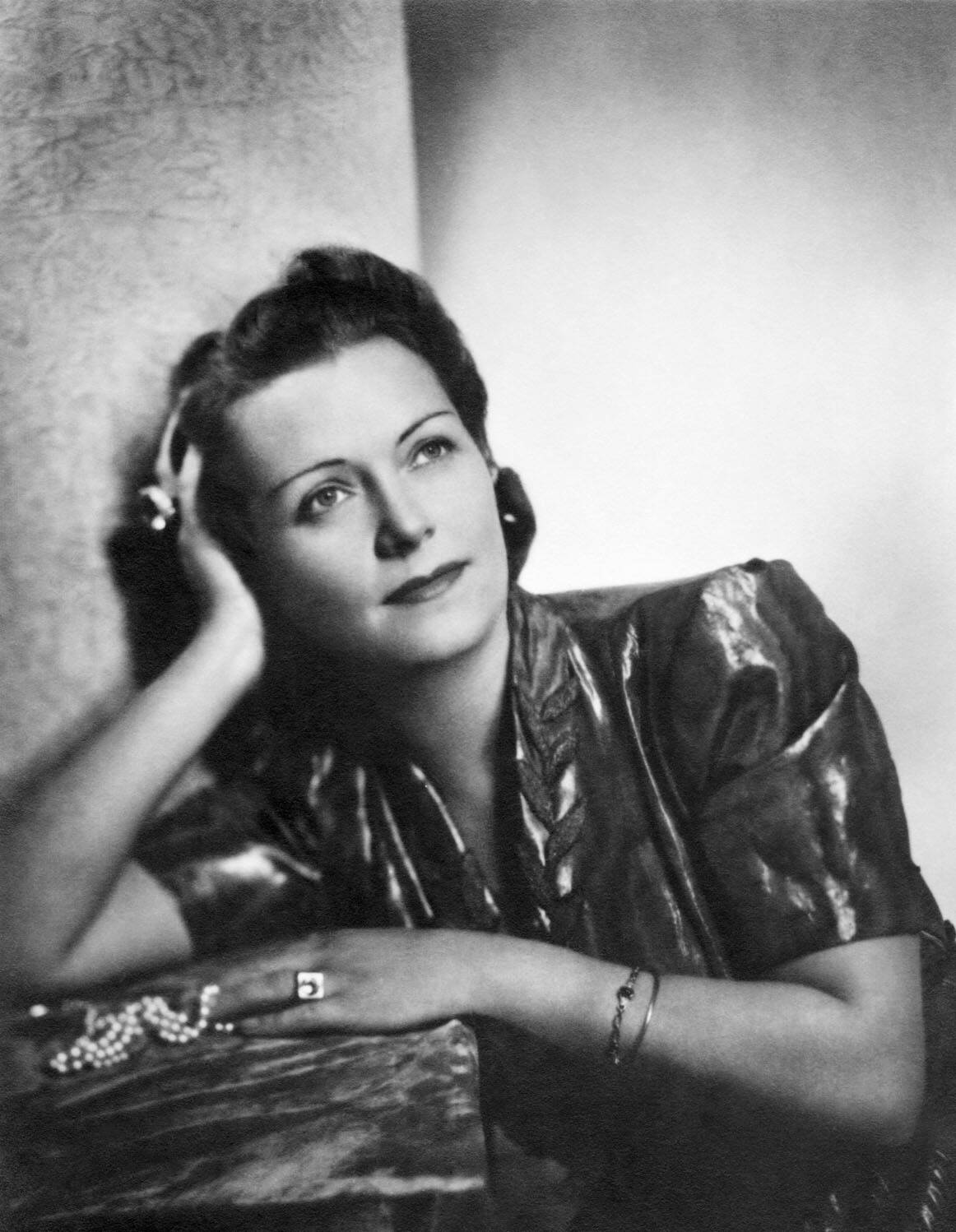
World War II had a significant impact on 1940s fashion, with practicality taking center stage due to fabric rationing. Despite these constraints, women embraced the ‘utility fashion’ that featured padded shoulders, nipped-in waists, and A-line skirts. This era saw the rise of the “siren suit,” a one-piece garment for quick dressing during air raids. Meanwhile, men wore military-inspired styles, with bomber jackets and tailored suits reflecting the somber yet determined spirit of the time.
Poodle Skirts and Pin-Up Styles of the 1950s
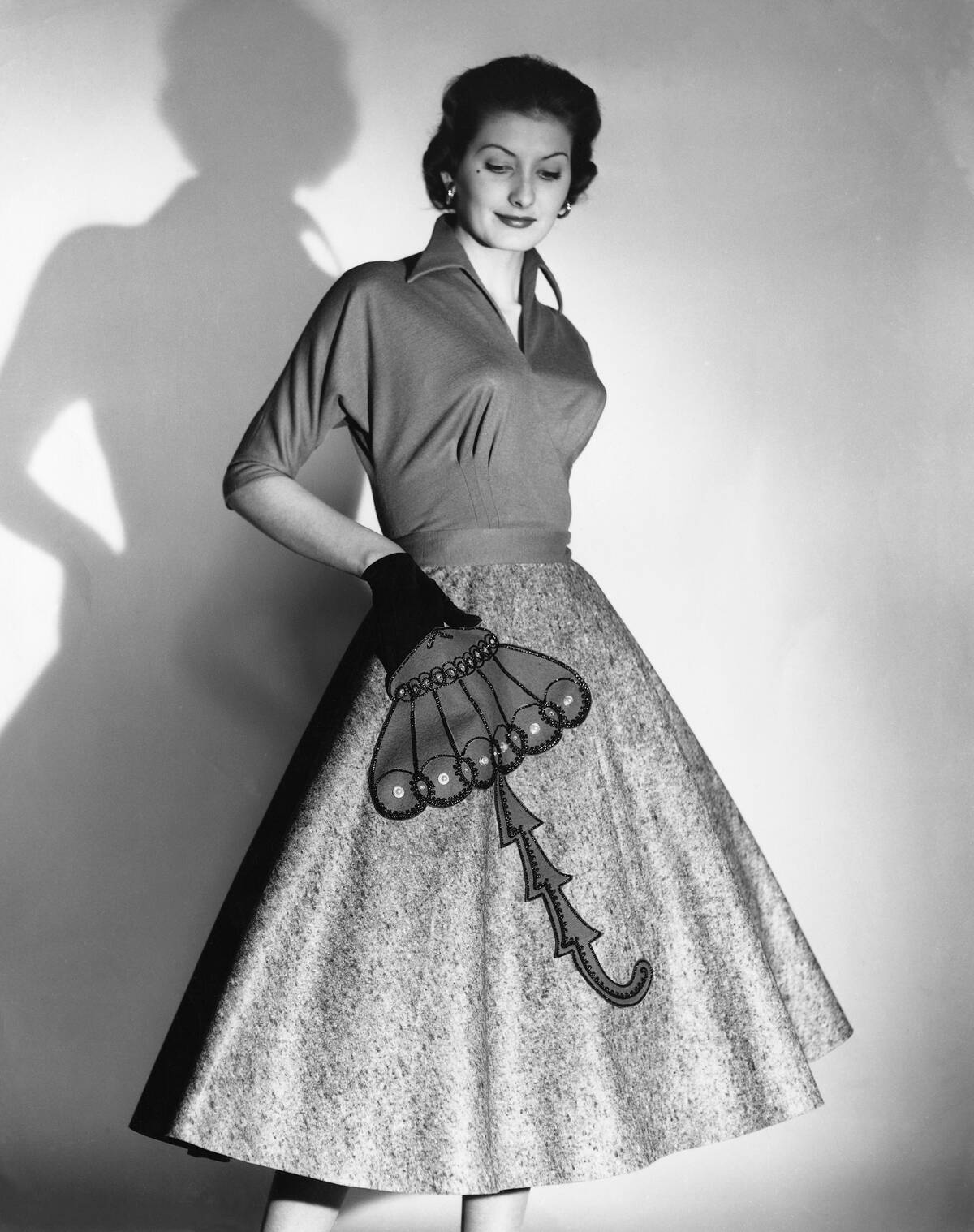
The 1950s brought a wave of youthful exuberance with the iconic poodle skirt, a circle skirt often featuring whimsical appliqués. Made popular by teenagers, these skirts were perfect for twirling on the dance floor. Meanwhile, pin-up fashion became a staple, with form-fitting dresses and high-waisted shorts celebrating the hourglass figure. Hollywood starlets like Marilyn Monroe and Bettie Page epitomized this glamorous and playful style, influencing fashionistas everywhere.
Psychedelic Prints and Mod Madness of the 1960s
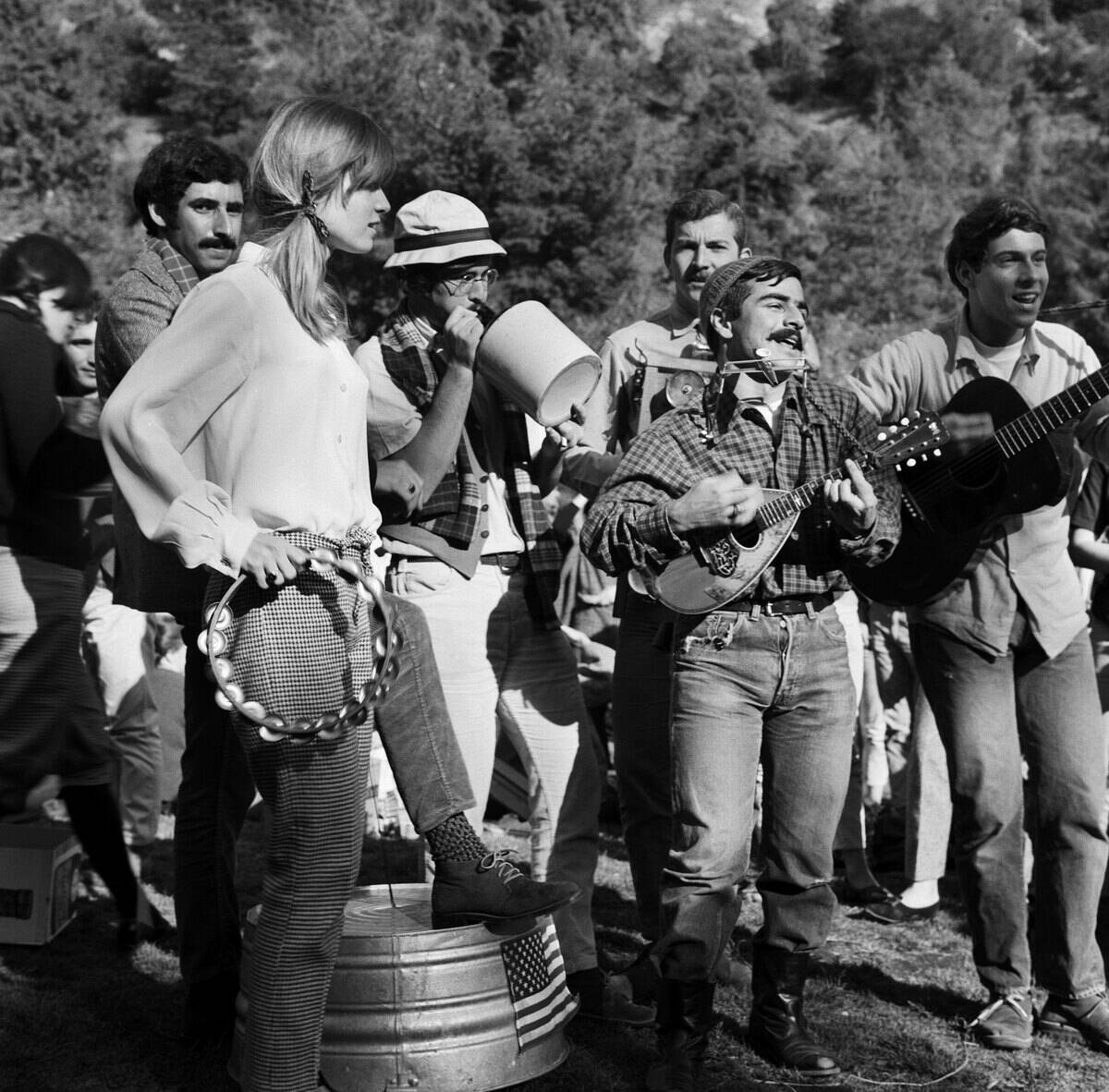
The 1960s was a decade of change, reflected in its vibrant and experimental fashion. Psychedelic prints, bold colors, and swirling patterns became synonymous with the counterculture movement. The mod subculture, centered in London, championed clean lines and geometric shapes, with mini skirts and go-go boots becoming iconic. Designers like Mary Quant revolutionized fashion with their youthful and innovative designs, capturing the spirit of an era hungry for social change.
Disco Fever and Glam Rock Glitz of the 1970s
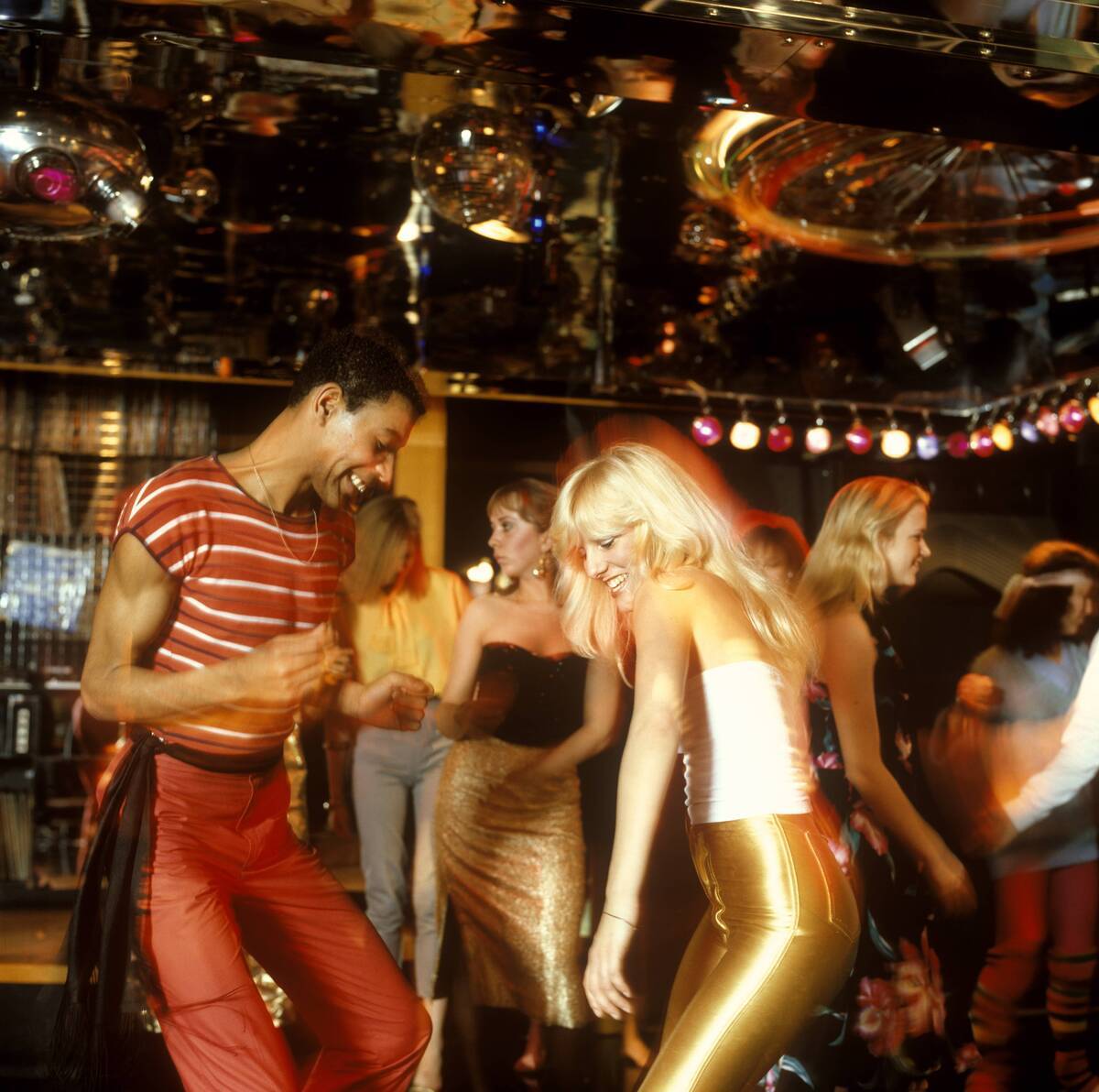
The 1970s was a decade of dazzling excess, with disco and glam rock dominating the fashion scene. Sequined jumpsuits, platform shoes, and bell-bottoms were all the rage on the dance floors of Studio 54. Meanwhile, glam rock stars like David Bowie and Marc Bolan embraced androgynous styles, with glitter, metallic fabrics, and dramatic makeup. This era was all about breaking boundaries and celebrating individuality through bold and eye-catching fashion choices.
Power Suits and Punk Rock Rebellion of the 1980s
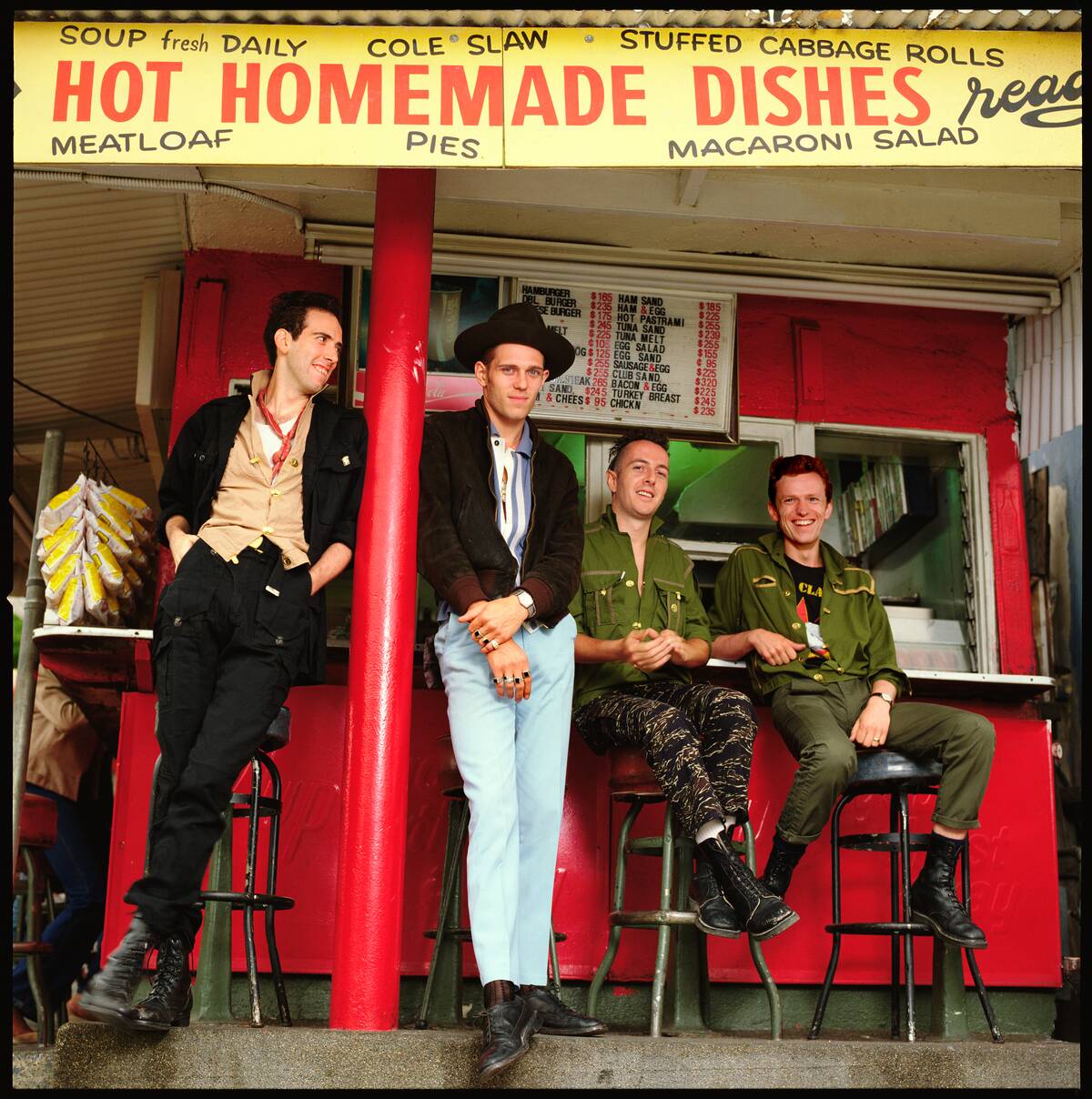
The 1980s was a decade of extremes, from the structured power suits of Wall Street to the rebellious punk rock aesthetic. Power suits, with their wide shoulders and bold colors, embodied the era’s corporate ambition. In stark contrast, punk rock fashion embraced DIY ethos, with ripped jeans, leather jackets, and safety pins as accessories. Bands like The Clash and The Sex Pistols led this sartorial rebellion, challenging societal norms with every stitch and safety pin.
Grunge and Minimalism: The 1990s Fashion Dichotomy

The 1990s saw a clash of styles with the rise of grunge and minimalism. Grunge, led by bands like Nirvana, was characterized by flannel shirts, ripped jeans, and combat boots, embodying a laid-back, anti-fashion ethos. In contrast, minimalism favored clean lines and simplicity, with designers like Calvin Klein and Jil Sander creating understated yet elegant pieces. This decade was a fascinating study in contrasts, highlighting the diverse ways fashion could express individual identity.
The Eclectic and Edgy Trends of the Early 2000s
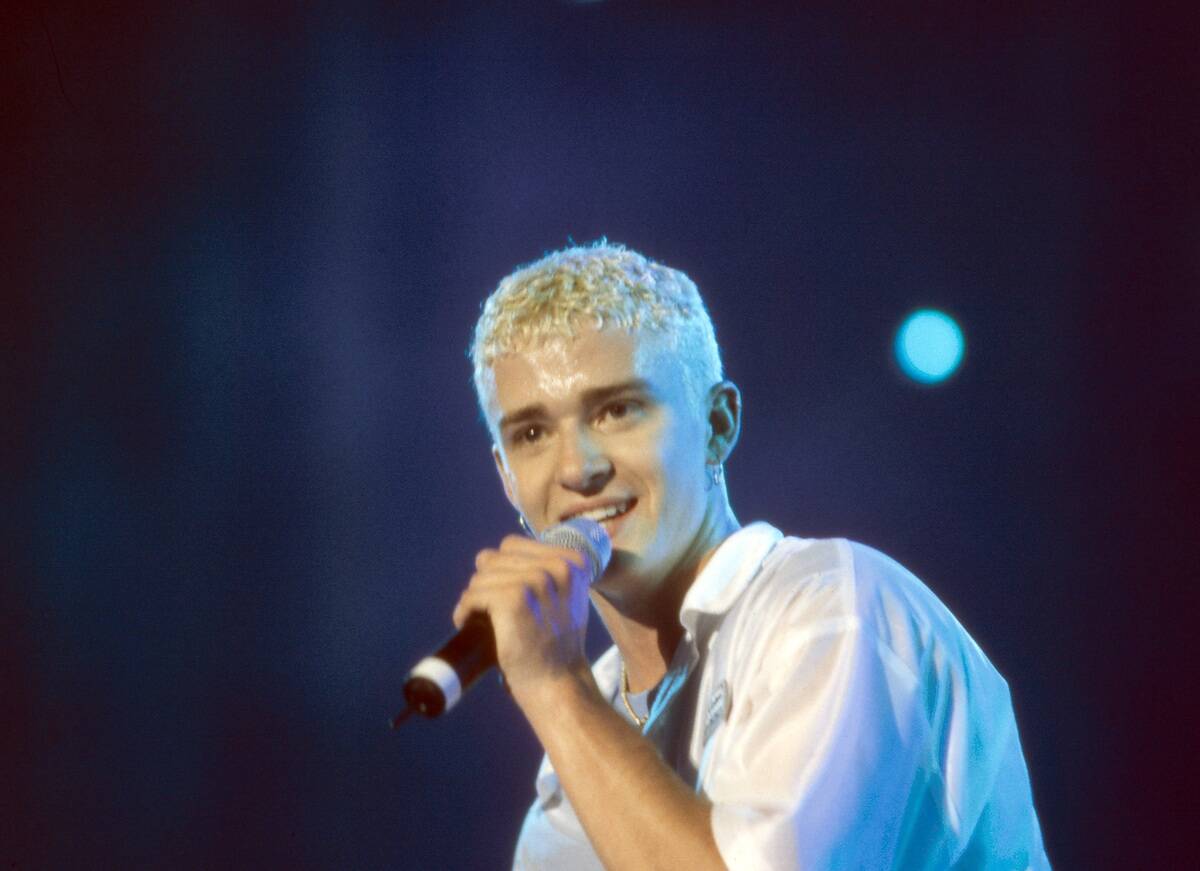
The early 2000s was a time of eclectic fashion, where anything seemed possible. Low-rise jeans, bedazzled tops, and trucker hats were all the rage, thanks to pop culture influences. Celebrities like Britney Spears and Justin Timberlake set trends with their bold and sometimes outrageous styles. The era also saw the rise of “boho chic,” with flowing skirts and oversized sunglasses inspired by the bohemian lifestyle. It was a time of experimentation and unapologetic self-expression.
Hipster Chic and Normcore Surprises of the 2010s
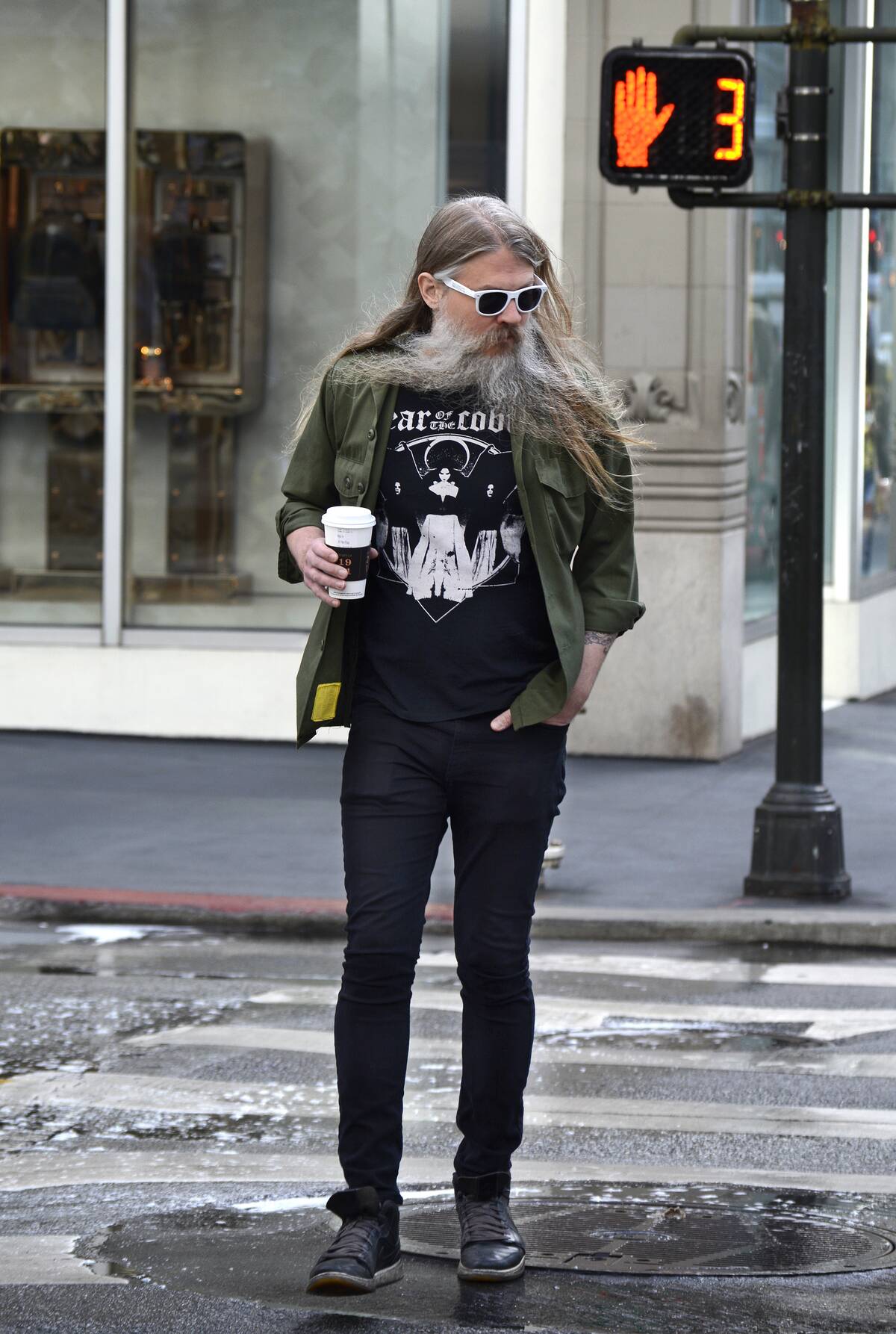
The 2010s brought a mix of hipster chic and normcore fashion into the mainstream. Hipster fashion, with its vintage-inspired pieces, plaid shirts, and quirky accessories, became a cultural phenomenon. Meanwhile, normcore embraced the ordinary, with plain t-shirts, jeans, and sneakers reflecting a desire for authenticity and comfort. This decade was all about blending the old with the new, creating a fashion landscape that was as diverse as it was unpredictable.
The Rise of the Avant-Garde in the 2020s
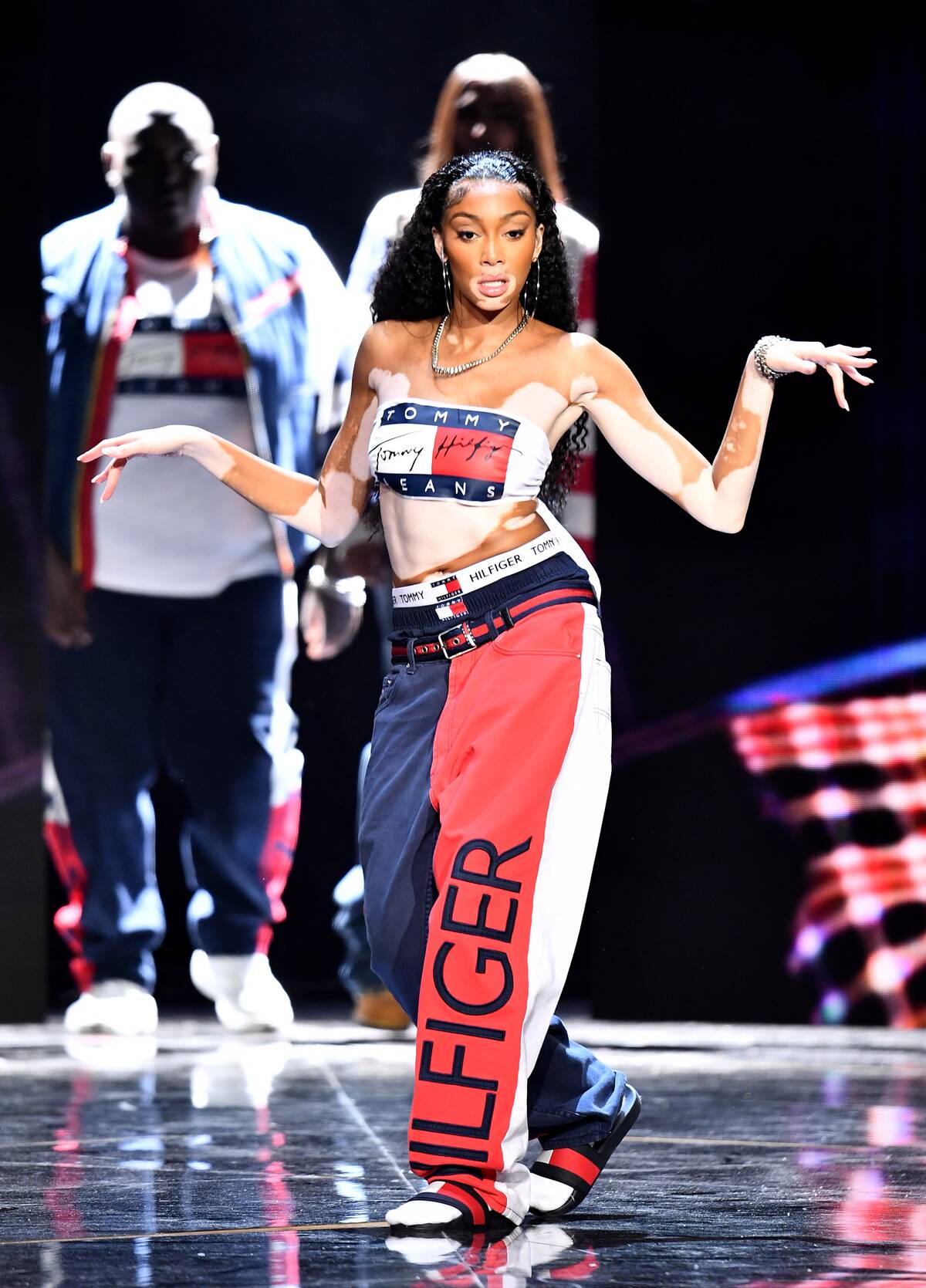
As we navigate the 2020s, avant-garde fashion continues to rise, challenging traditional norms with innovative designs and materials. Sustainability is at the forefront, with designers exploring eco-friendly fabrics and ethical production methods. Bold silhouettes and futuristic elements are increasingly common, reflecting a desire for individuality and social consciousness. This decade’s fashion is as much about making a statement as it is about pushing the boundaries of creativity and technology.
Iconic Hairdos That Defined Each Decade
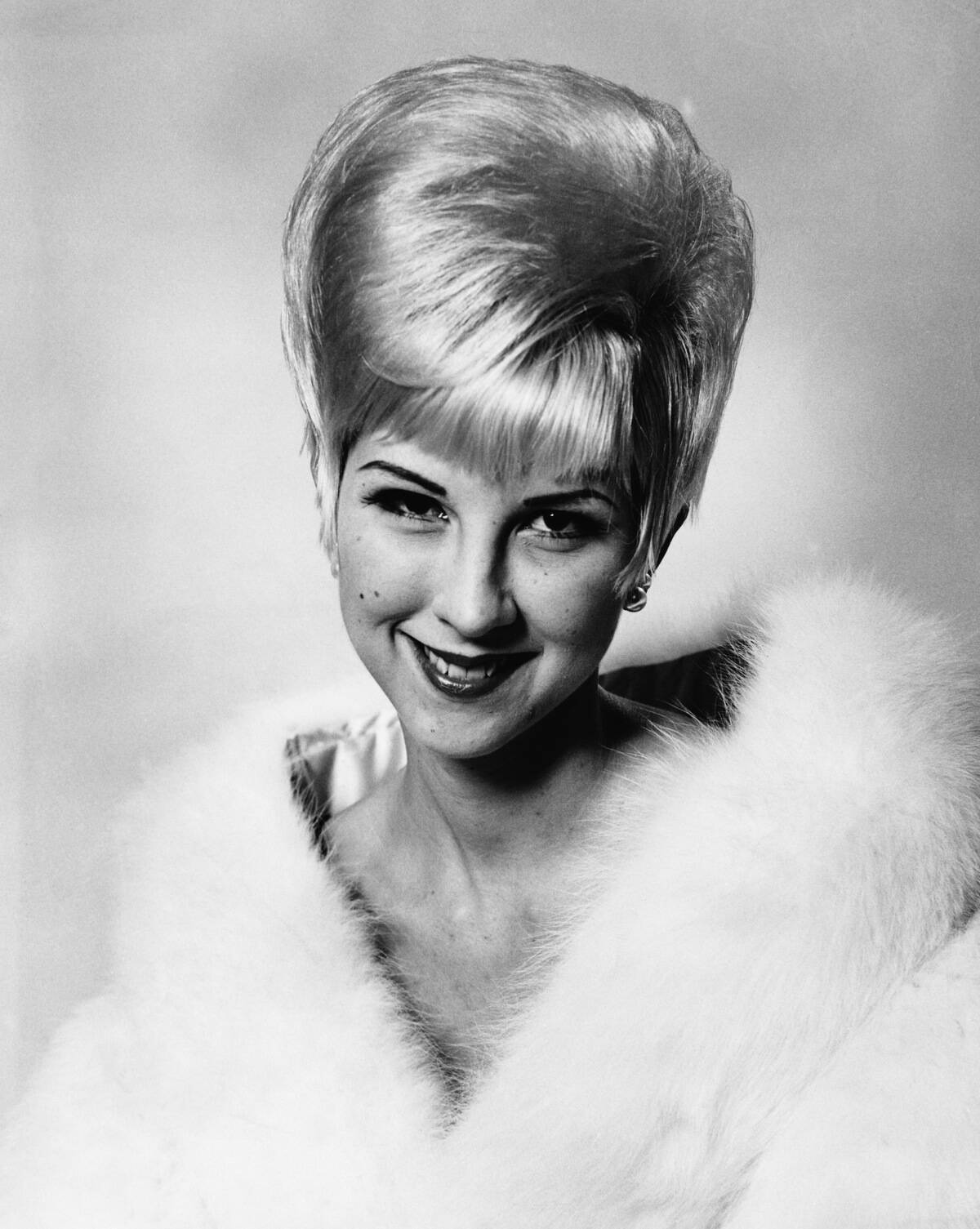
Every fashion era is marked by its iconic hairstyles, from the finger waves of the 1920s to the sleek bobs of the 2020s. The 1960s saw towering beehives and bold fringes, while the 1980s embraced big hair and perms. The 1990s introduced us to the “Rachel” cut, thanks to Jennifer Aniston, and the 2000s favored sleek, straight styles. Each hairdo is a reflection of its time, capturing the essence of the era’s fashion and cultural shifts.
Footwear Follies: From Platforms to Crocs
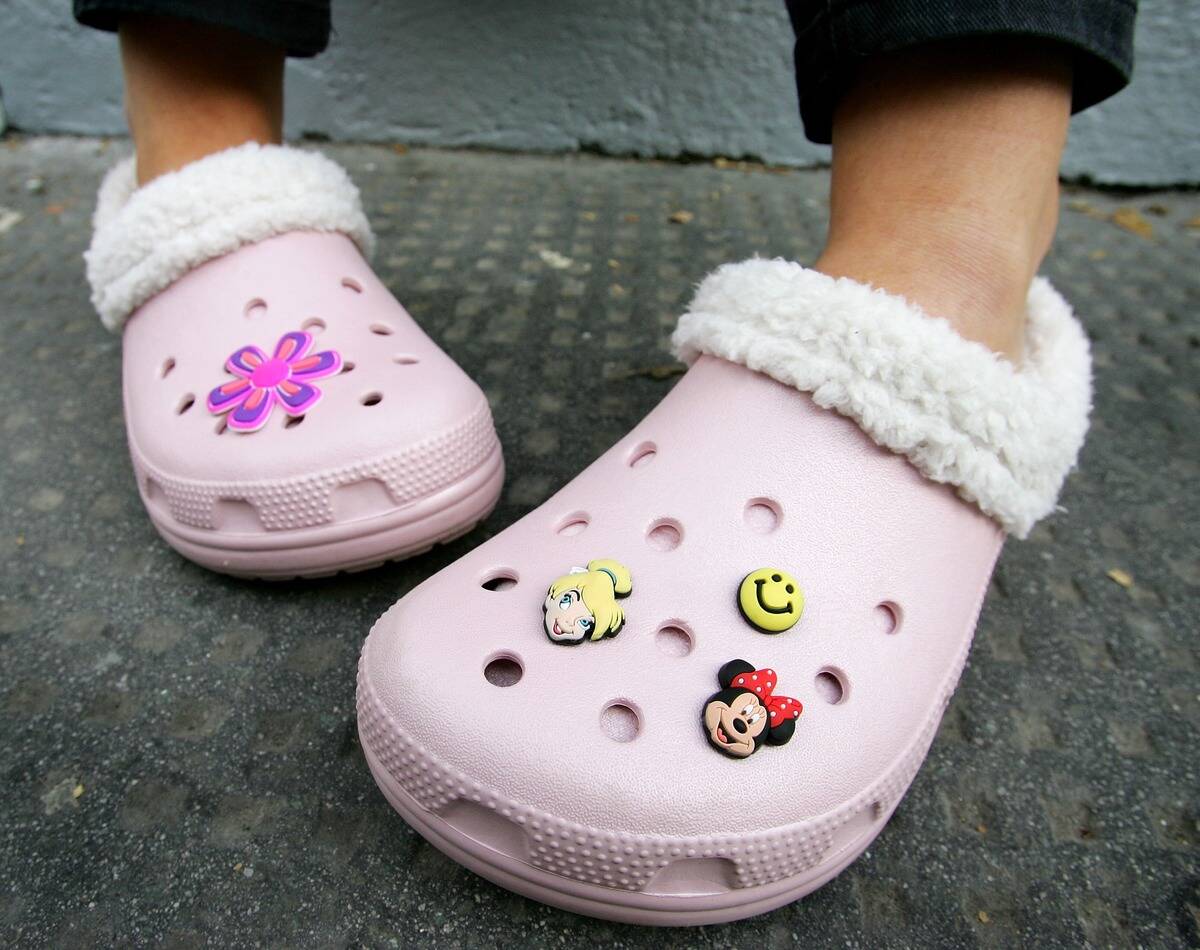
Footwear has seen its fair share of highs and lows, quite literally. The 1970s were dominated by platform shoes, perfect for disco dancing, while the 1990s saw the return of chunky sneakers. In the 2000s, UGG boots became a staple for many, offering comfort over style. Today, Crocs have made a surprising comeback, embraced for their practicality and quirky charm. Each footwear trend tells a story of the era’s priorities, whether it be comfort, style, or a mix of both.
Accessory Overload: The Boldest Bling Through the Years
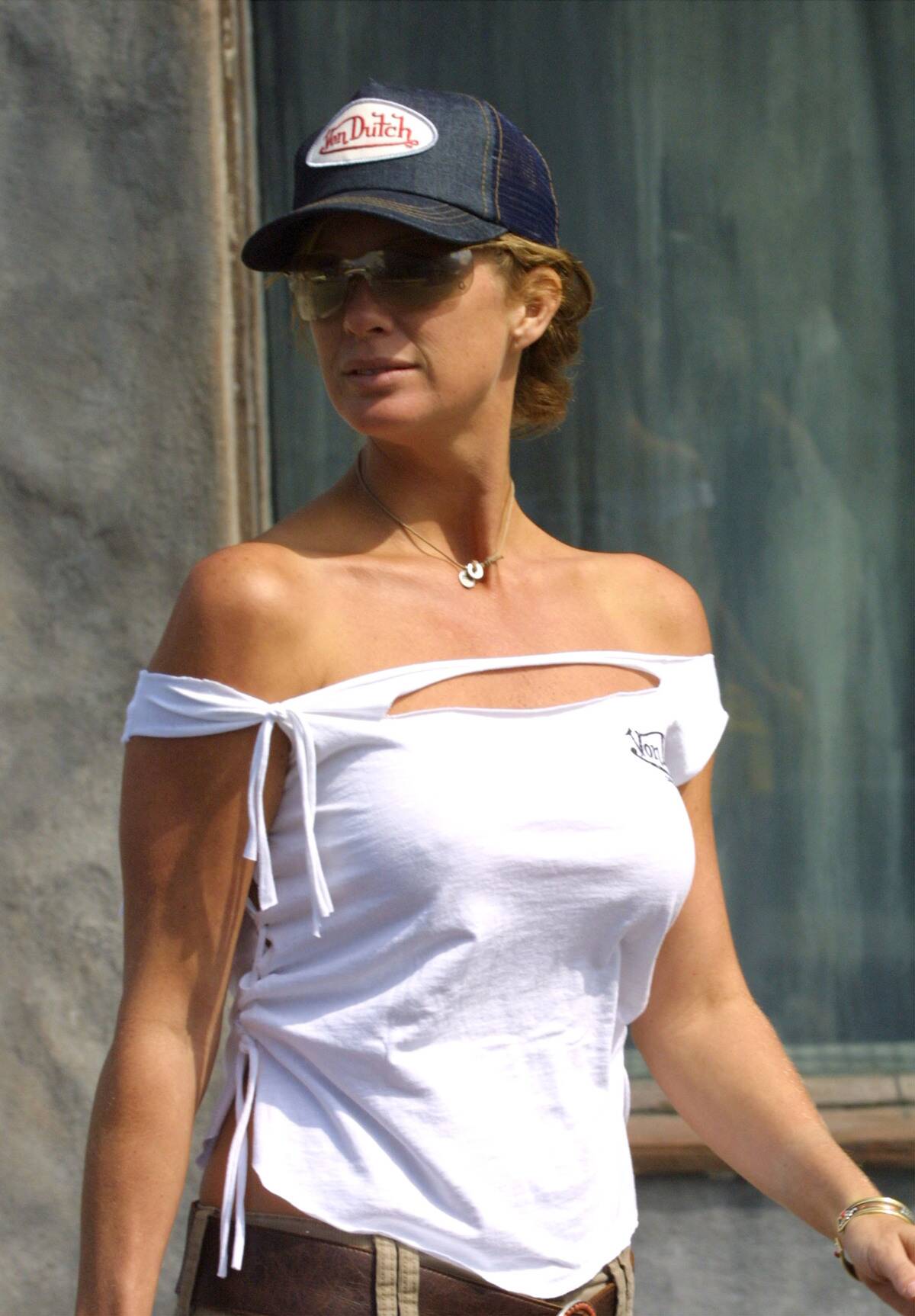
Accessories have always been the finishing touch to any fashion statement, from the flapper’s long pearls to the bold statement necklaces of the 2010s. The 1980s were all about excess, with oversized earrings and chunky gold chains. The 2000s saw the resurgence of charm bracelets and the infamous “Von Dutch” trucker hats. Accessories allow individuals to personalize their style, adding a touch of flair or drama to any outfit, making them timeless staples in the fashion world.



